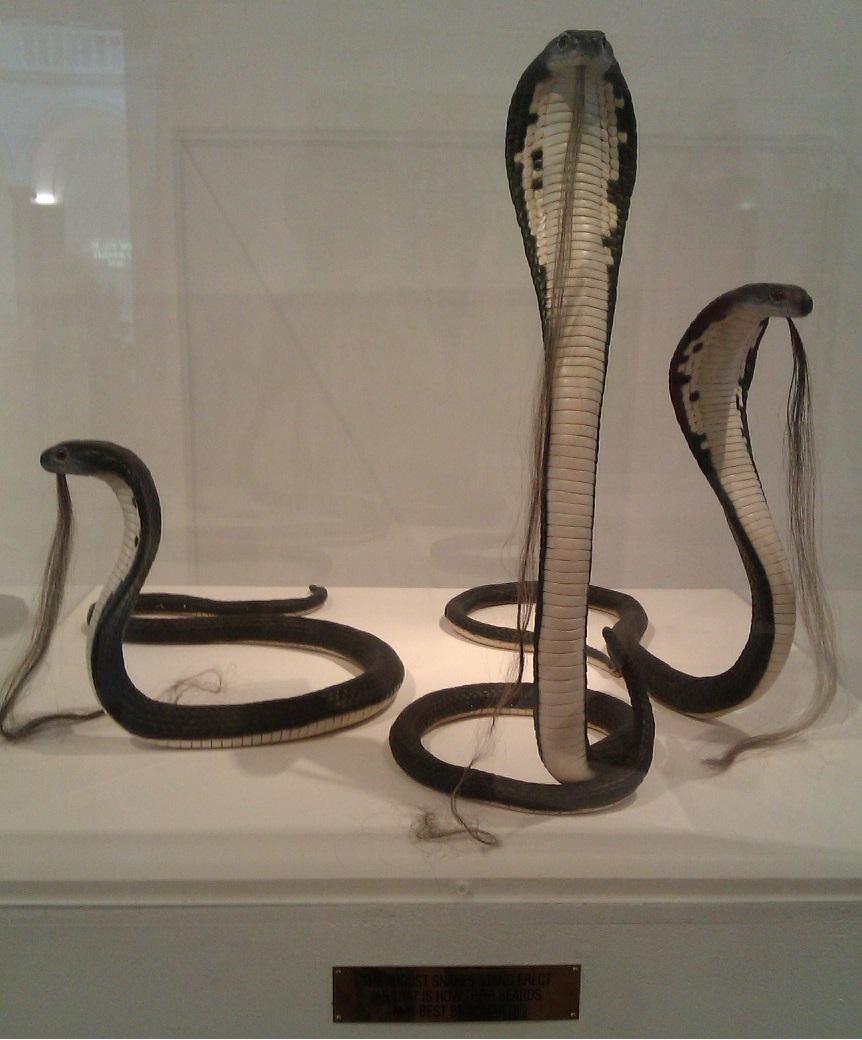The snake is one of the oldest and most pervasive mythological symbols in the world. There are as many creation myths about snakes as there are religions and cultures, and as many interpretations to the meaning of the serpent as there are stars in the sky.
Certainly a powerful symbol, the snake is often seen as a creator or destroyer of worlds. Many times over snakes have birthed planets and gods while personifying immortality. They are guardians of the underworld, and of the sacred mysteries. They have imparted the wisdom of the ages and have damned the unwary or innocent with their sly ways.
We take a look at a few of the strange ways that snakes are illustrated in myth.
The Immortal Serpent, The Ouroboros
A commonly recognized image is one of the serpent biting or eating its own tail. This is an ancient depiction of infinity, immortality, the duality of Yin-Yang, and repeating cycles. It is not only a religious symbol of eternal-return, but is also seen in alchemical illustrations, and is even interpreted as a psychological or therapeutic image, related to the caduceus (the well-known medical symbol of a winged staff entwined by two serpents).
The Bearded Serpent
The snake beard is an odd but repeated image which is found throughout cultures and ages. Snakes have no body hair or fur, and certainly can’t grow a beard, yet the images of bearded snakes endure. Depictions of bearded serpents were common in ancient Greece and Rome. The images decorated households as protective spirits.





